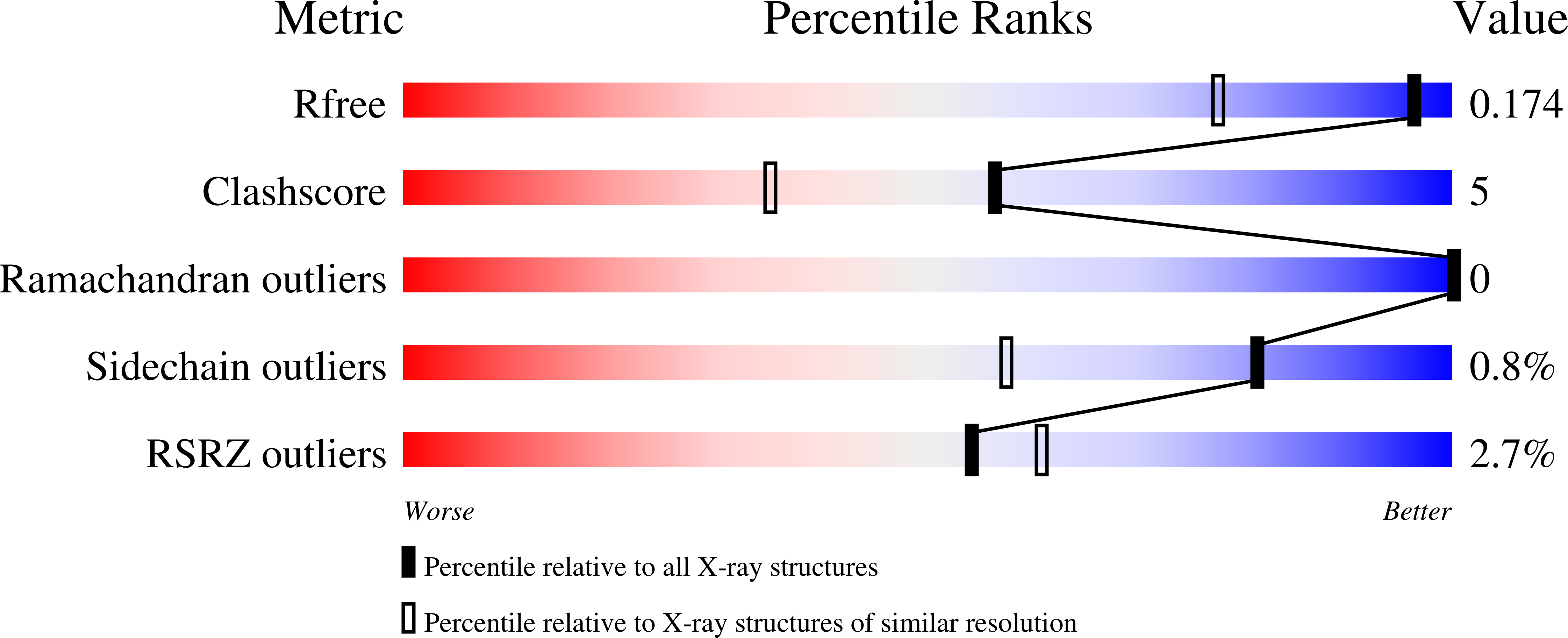
Deposition Date
2021-05-31
Release Date
2021-07-14
Last Version Date
2024-01-31
Entry Detail
PDB ID:
7OPJ
Keywords:
Title:
Trypanosoma brucei PTR1 (TbPTR1) in complex with pyrimethamine
Biological Source:
Source Organism:
Trypanosoma brucei brucei (Taxon ID: 5702)
Host Organism:
Method Details:
Experimental Method:
Resolution:
1.34 Å
R-Value Free:
0.17
R-Value Work:
0.13
R-Value Observed:
0.13
Space Group:
P 1 21 1


